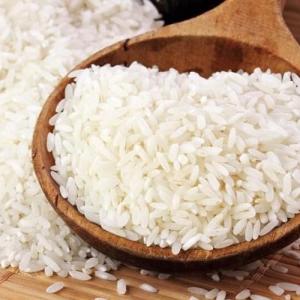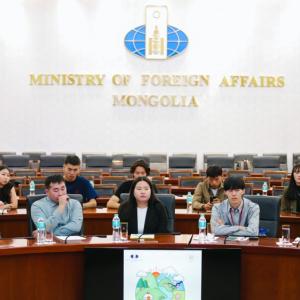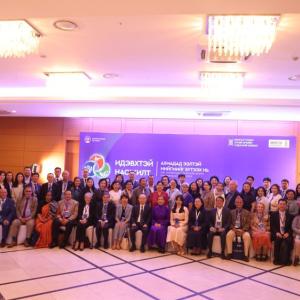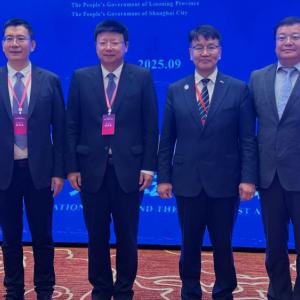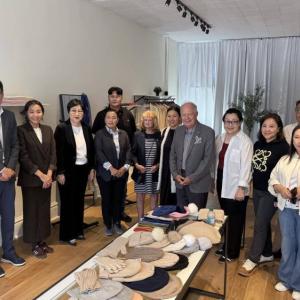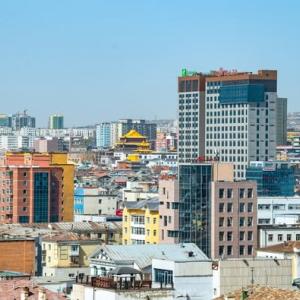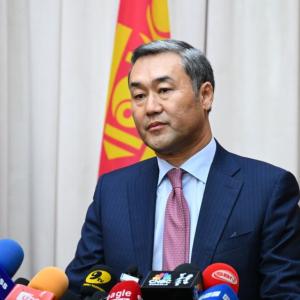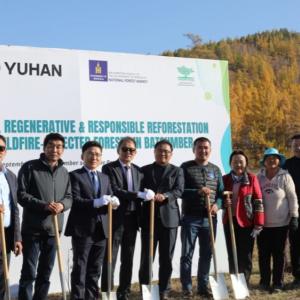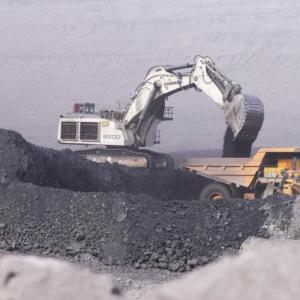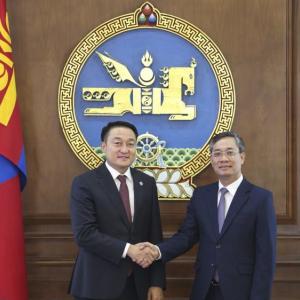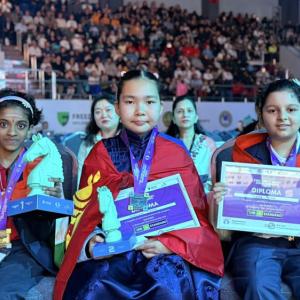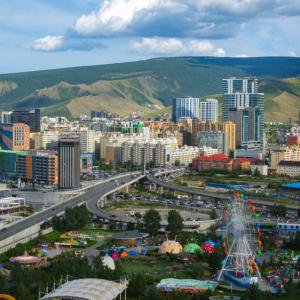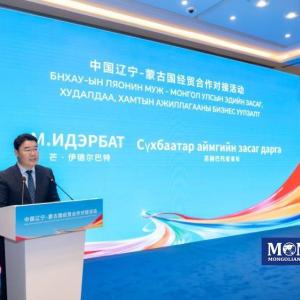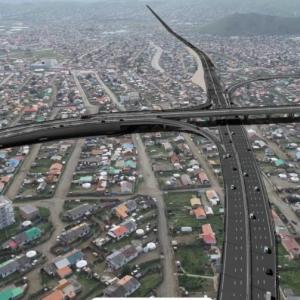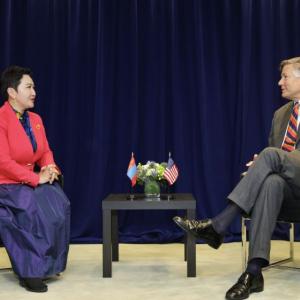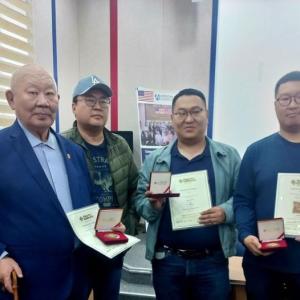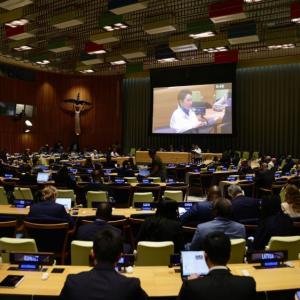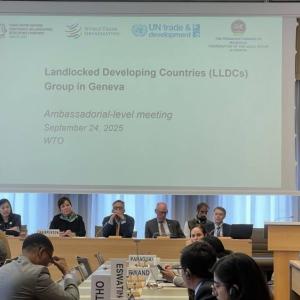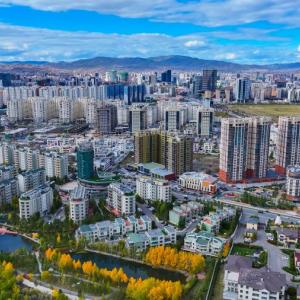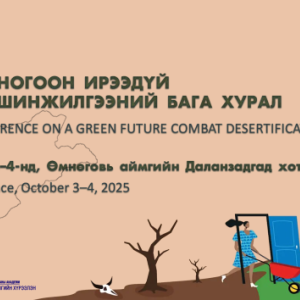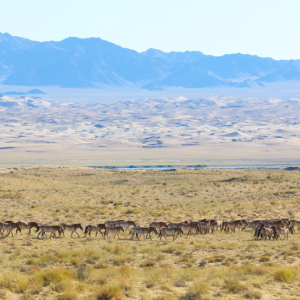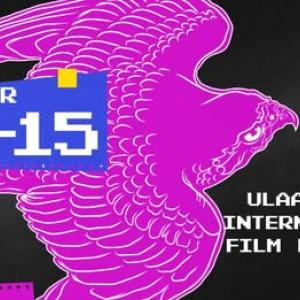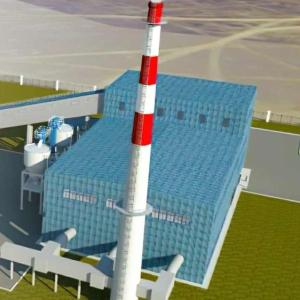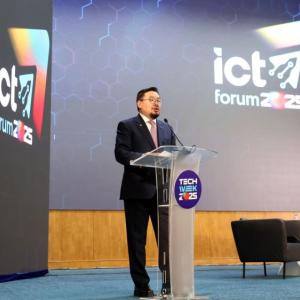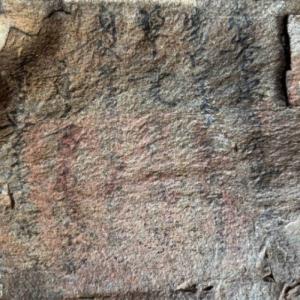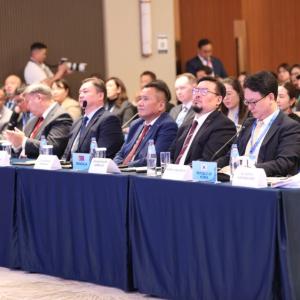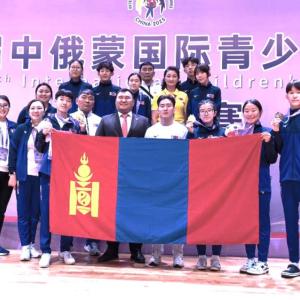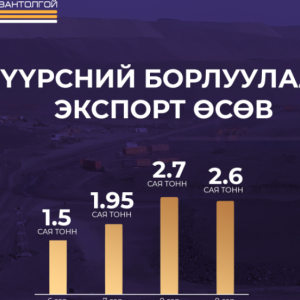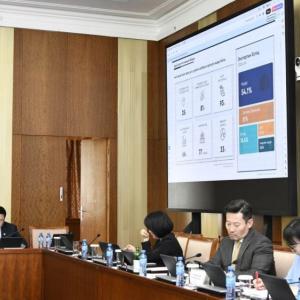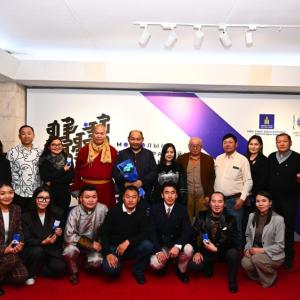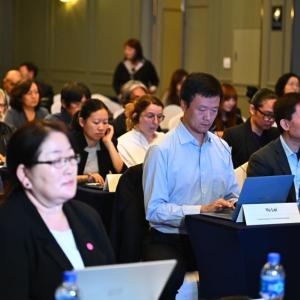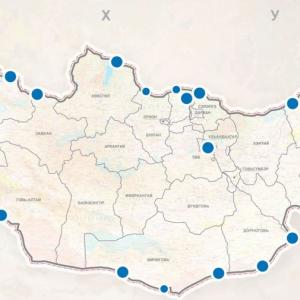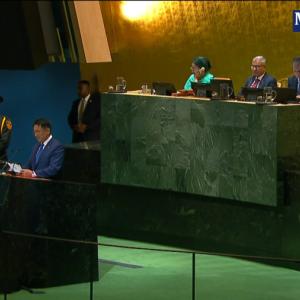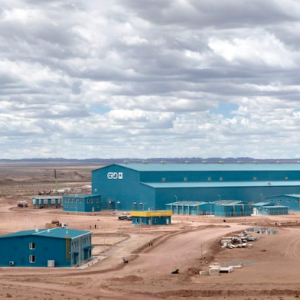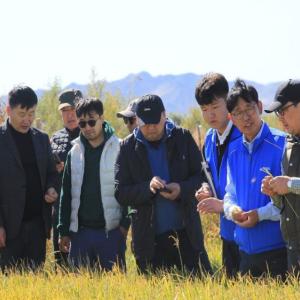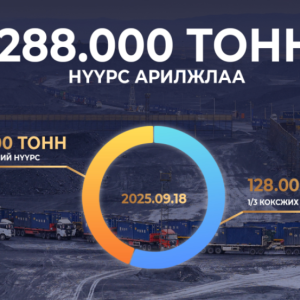President of Mongolia Lays Wreath at the Memorial Complex in Janchkhuu
Politics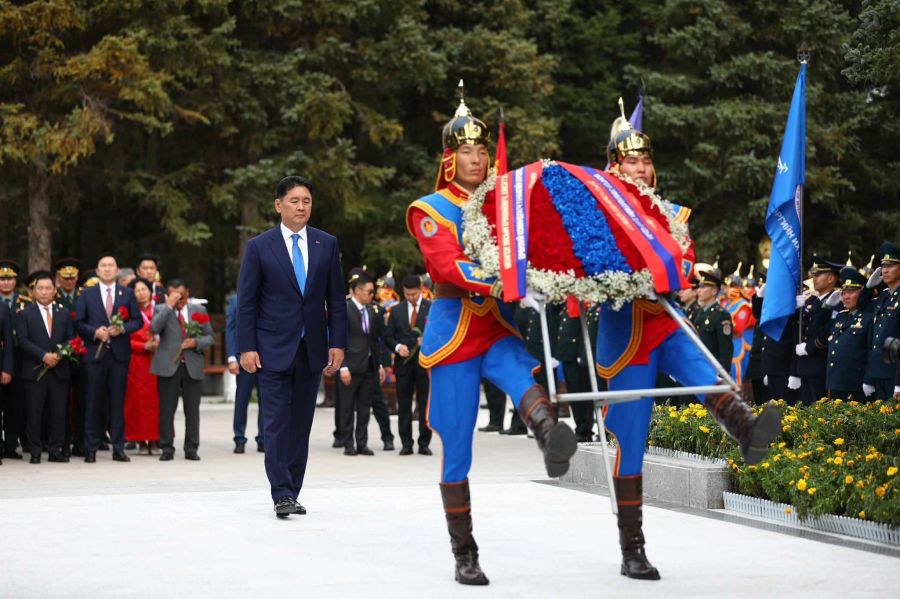
Janchkhuu, September 3, 2025 /MONTSAME/. President of Mongolia Khurelsukh Ukhnaa and the accompanying delegation traveled by high-speed train from Beijing to Janchkhuu, Hebei Province, on September 2, 2025, to lay a wreath and pay tribute at the monument dedicated to the Mongolian and Soviet soldiers.
Upon arrival at the Janchkhuu Railway Station, President Khurelsukh was welcomed by the Vice Minister of the Ministry of Veterans Affairs of China, Ma Feixiong, and Deputy Governor of Hebei Province, Zhao Xinhai.
The Mongolian delegation then proceeded about 100 km from the city to the memorial complex. As the President of Mongolia and Commander-in-Chief of the Mongolian Armed Forces arrived at the site, a brass band played a welcoming march. Brigadier General and the Chief Inspector General of the Mongolian Armed Forces, Boldbaatar Javzmaa, reported that the ceremonial proceedings were ready to commence.
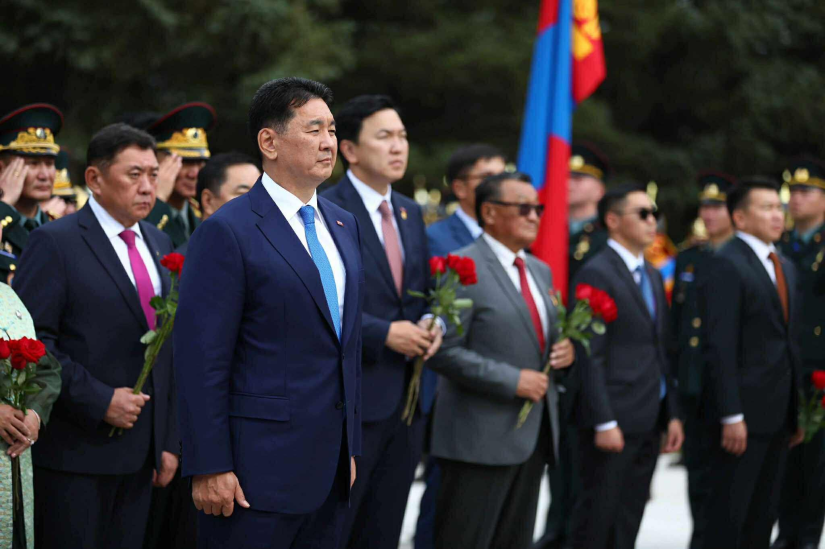
President Khurelsukh first adjusted the ribbon on the floral wreath laid at the monument and bowed his head in tribute, followed by Vice Minister Ma Feixiong, who also presented a floral wreath.
Participants of the ceremony then observed a moment of silence in memory of the fallen soldiers.

Following this, President Khurelsukh paid respects at the tomb of the Mongolian and Soviet soldiers who perished during the Battle of Janchkhuu Pass. He also toured the museum dedicated to the soldiers’ memory and presented a commemorative gift. The President then posed for a group photograph with the attending personnel, including cadets and instructors from the National Defense University of Mongolia, who had traveled to Janchkhuu as part of an educational trip.

Located 560 km from the Mongolian border, the Janchkhuu Pass served as a key strategic base for the Japanese army, blocking access from the north to the present-day Zhangjiakou City—historically known by its Mongolian name, Khalgan Khot (Chuulalt Khaalga). The fortified zone spanned 36 km in length and 16 km in width. During the 1945 Liberation War, the 7th Armoured Brigade of the Mongolian People’s Revolutionary Army, commanded by Colonel Nyantaisuren Duger, and the 27th Motor Rifle Brigade of the Soviet Army engaged in fierce battles for three days before breaking through the defenses and liberating the Chuulalt Khaalga area on August 21, 1945.
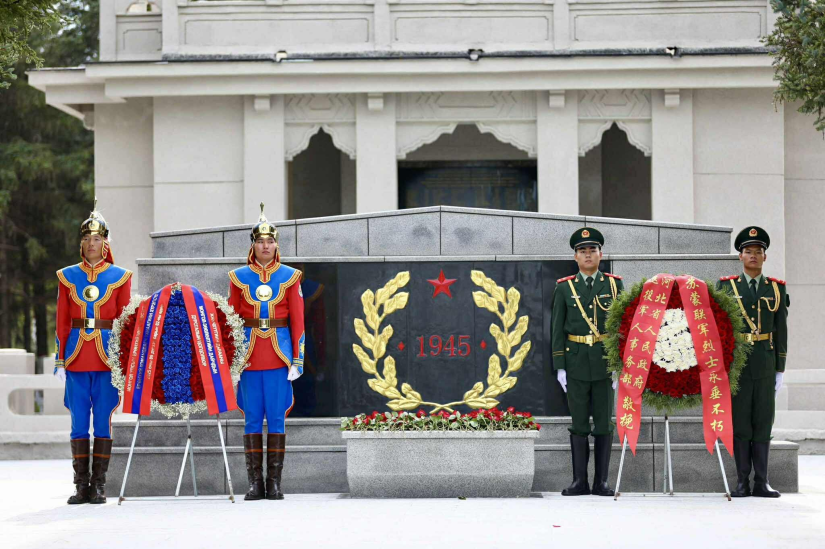
About the Memorial Complex
The memorial complex honoring the Mongolian and Soviet soldiers who fell during the battle is situated atop Yehulin Mountain in the southern part of Zhangbei County, Hebei Province. Initially built in 1945 and renovated in 1957, the complex consists of five sections: a memorial obelisk, a commemorative monument, a collective tomb, an exhibition hall, and a circular memorial wall.
The memorial obelisk stands 28.8 meters high and covers an area of 396 square meters. On both sides of the obelisk, golden letters engraved on white marble read “Memorial Obelisk for Mongolian-Soviet Soldiers.” The front and back sides feature the National Flags of Mongolia, the People's Republic of China, and the Russian Federation, while the top of the obelisk is adorned with three red five-pointed stars, which shimmer under the sun and moonlight. The names of the fallen soldiers are inscribed on a large blue marble plaque at the base of the obelisk.
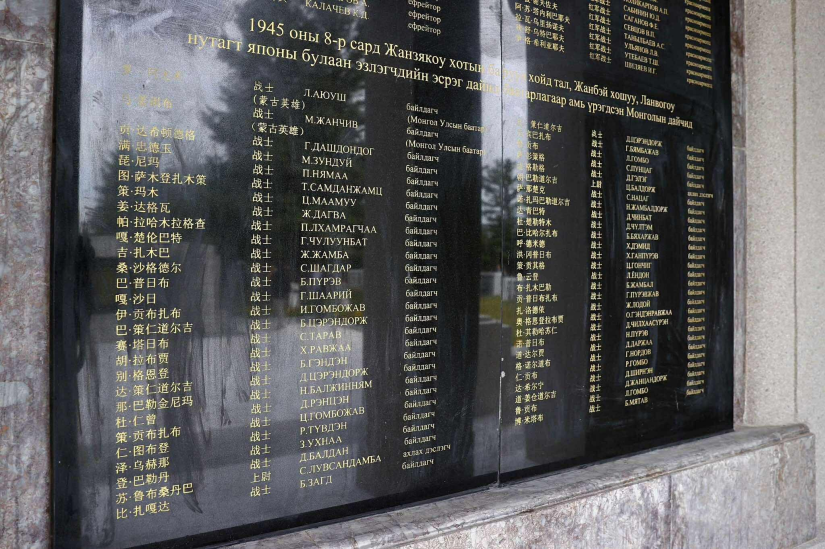
The commemorative monument in front of the obelisk measures 5 meters in length, 1.2 meters in width, and 2 meters in height, with the year “1945” engraved within a ring of grain on the front and a memorial inscription on the back. About 100 meters behind the obelisk, on the mountain’s peak, lies the collective tomb, measuring 6.97 meters in height, 6.6 meters in length, and 4.4 meters in width, containing the remains of 60 soldiers. The tomb’s entrance is marked by an arched gate.
Later, an exhibition hall and a circular wall were constructed across 17.73 hectares, and pine trees and flower gardens were planted, completing the complex as a comprehensive memorial site.
The Embassy of Mongolia in China has been organizing annual wreath-laying ceremonies at the complex. Since 2005, the ceremonies have been held jointly with the embassies of countries that were once part of the former Soviet Union.
In 2016–2017, Mongolia, in collaboration with the Russian Embassy in China, carried out maintenance and repairs of the complex, followed by a restoration project completed in 2025.

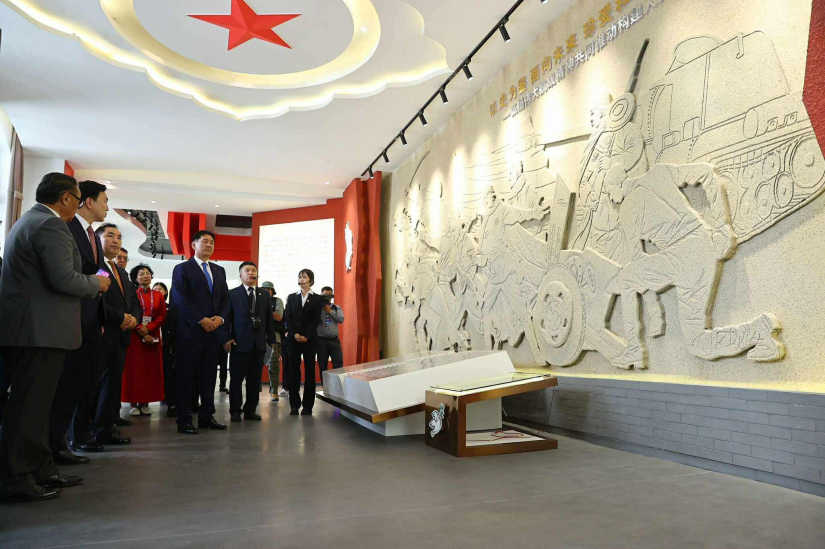

 Ulaanbaatar
Ulaanbaatar



